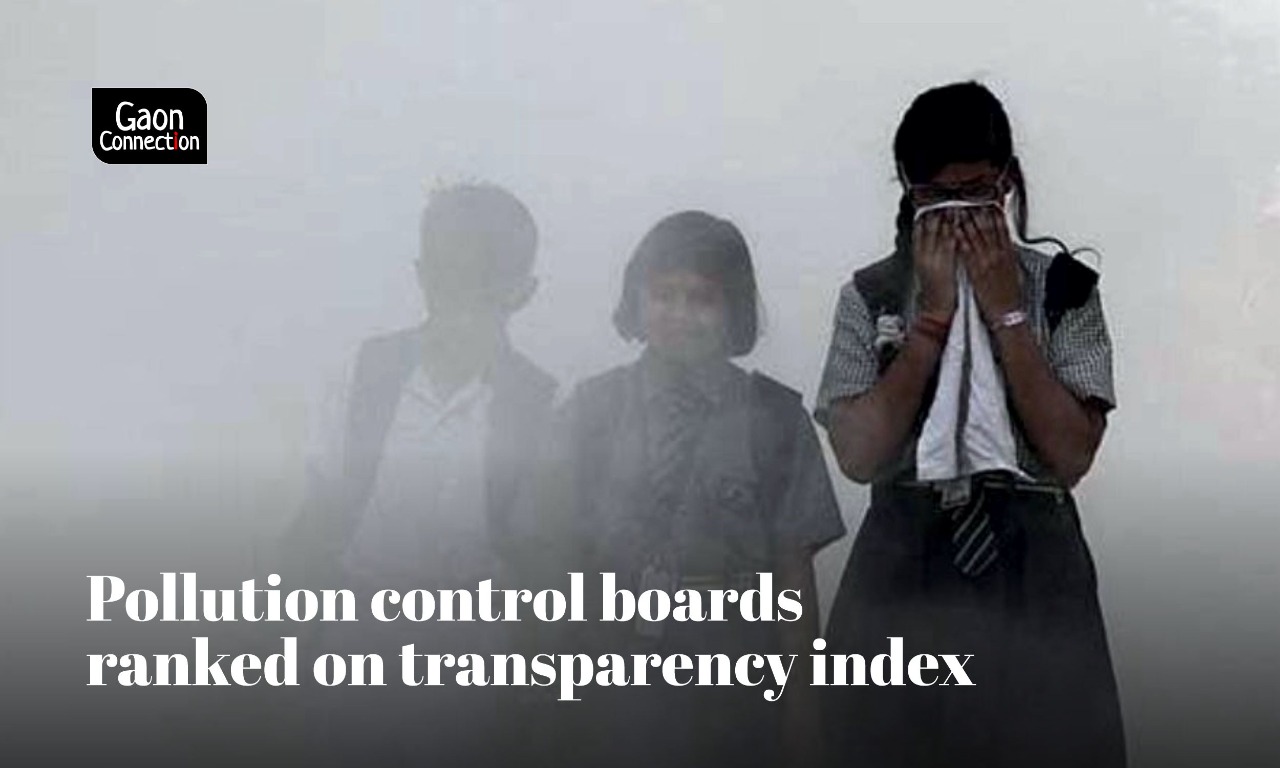Odisha & Telangana pollution control boards ranked best in transparency index: Study
A new CSE study finds that only a handful of pollution control boards in India are adequately putting out environmental and governance information into the public domain even though the disclosure of information is considered one of the important functions to increase public participation and public awareness. Details here.


Disclosure of information in the public domain is one of the important functions of state pollution control boards/committee’s to increase public awareness. Photo: @koushikdas47/Twitter
Odisha, Telangana, Tamil Nadu, Madhya Pradesh and West Bengal pollution control boards have been rated the most transparent in disclosing key environment and governance-related information in the public domain.
In sharp contrast, the Andaman & Nicobar Islands Pollution Control Committee has been ranked the worst in sharing information. Some other poor performers include pollution control boards of the northeastern states Manipur and Arunachal Pradesh.
These are some key findings of a unique study, titled ‘TRANSPARENCY INDEX: Rating of pollution control boards on public disclosure’, conducted by by Centre for Science and Environment (CSE), a New Delhi-based research and advocacy organisation, which has assessed and ranked the level of transparency in sharing information maintained by 29 state pollution control boards and six pollution control committees in the country.
Also Read: The National Clean Air Programme may fail to clean up the toxic air
The study has found that only a handful of India’s pollution control boards are adequately putting out environmental and governance information into the public domain. Its detailed report, released on August 11, critically evaluates the information shared by pollution control boards and committees in the past five years between 2016 and 2021.
The study found that the data indicating the current pollution levels such as air pollutants and waste – the basic indicators of environmental health — was missing.
Ranking of pollution control boards
As per the CSE’s transparency ranking of the pollution control board, Odisha and Telangana have been rated the best performing state pollution control boards with a score of 67 per cent. It is followed by Tamil Nadu (65.5 per cent), Madhya Pradesh (64 per cent), and West Bengal (62 per cent).
With 5.5 per cent, Andaman & Nicobar Islands Pollution Control Committee has fared the worst. It is preceded by Manipur (12.6 per cent) and Arunachal Pradesh (13 per cent).
Of the total 35 pollution control boards/committees ranked, only 17 managed to score 50 per cent or above (see table: Final rating of SPCBs/PCCs based on information availability).

Not sharing information on pollution levels
Under various rules and notifications issued by the Environment (Protection) Act, 1986, state pollution control boards and committees are entrusted with several functions under the provisions of the Water (Prevention and Control of Pollution) Act, 1974; The Air (Prevention and Control of Pollution) Act, 1981; The Water (Prevention and Control of Pollution) Cess Act, 1977.
“One of these functions under Section 17 (C) of the air and water acts is to collect and disseminate information related to air and water pollution and also about its prevention, control or abatement,” Nivit Kumar Yadav, programme director, Industrial Pollution Unit, CSE was quoted as saying in the report.
“The law asks the boards to share the data in the public domain. But this is rarely done in practice,” Yadav said.
Lack of uniformity in annual reports
The ranking report also highlights a lack of uniformity in the display of the available information on the websites and annual reports of the various pollution control boards and committees.
Only 12 states have shared their latest annual reports on their websites. These include Gujarat, Madhya Pradesh, Sikkim, Tripura and West Bengal who have shared annual reports of the year 2019-20.
The states of Chhattisgarh, Karnataka, Maharashtra, Odisha, Rajasthan, Uttar Pradesh and Tamil Nadu have shared annual reports of the year 2018-19 (which could be termed as the latest considering the COVID19 situation in 2020).
Also Read: The Pandemic and Pollution: Handling the packaging waste of increased online shopping

‘No initiative’ has been taken by 11 state pollution control boards and committees of the following states and Union territories in sharing their annual reports, informs the CSE report. These include Assam, Arunachal Pradesh, Bihar, J&K, Jharkhand, Manipur, Andaman & Nicobar, Chandigarh, Daman & Diu, Dadra & Nagar Haveli, Puducherry, and Nagaland.
The CSE study shows that only five boards — Delhi, Goa, Haryana, Tripura and Uttarakhand — have shared minutes of their board meetings on their websites. It is mandatory for state pollution control boards to meet at least once every three months, pointed out the non-profit. Board members in these meetings are supposed to discuss issues related to the functioning of the board, action plans, compliance and monitoring, and devising innovative methods to improve enforcement of laws.
Meanwhile, only five state pollution control boards — Himachal Pradesh, Karnataka, Odisha, Tamil Nadu and West Bengal — have shared information on inspection conducted by the boards in their annual reports.
Importance of sharing information in public domain
“Disclosure of information in the public domain is one of the important functions of state pollution control boards/committee’s to increase public participation and public awareness,” reads the report.
“There are statutory obligations also for some indicators like CEMS [continuous emission monitoring system] data that has to be available in public domain, but even after the Supreme Court order 2017 for making CEMS data public, the status of CEMS information in public domain is dismal in most of the states,” pointed out the report.
The CSE study aims to improve transparency in sharing information in the public domain by the state pollution control boards and committees.

